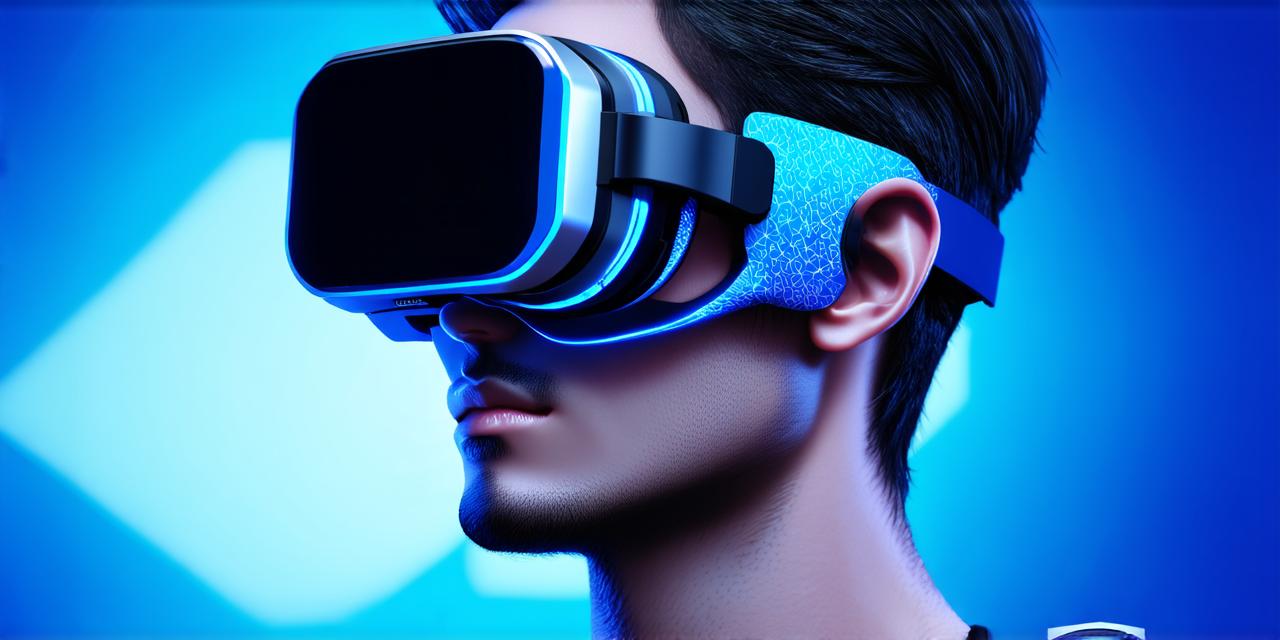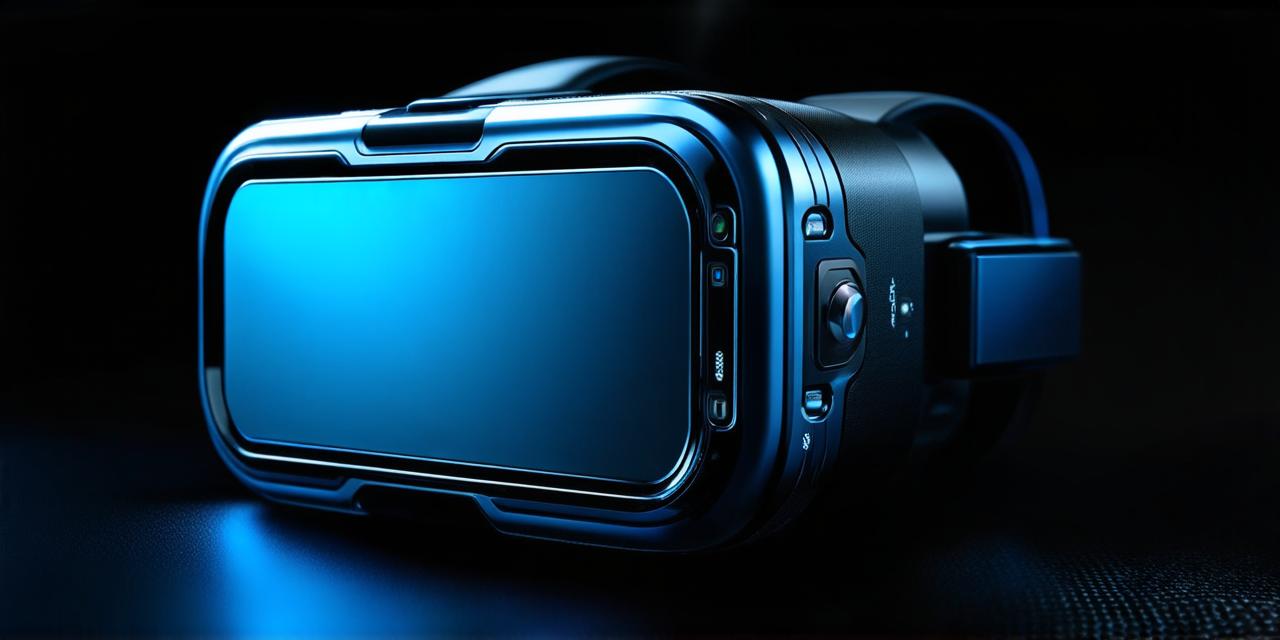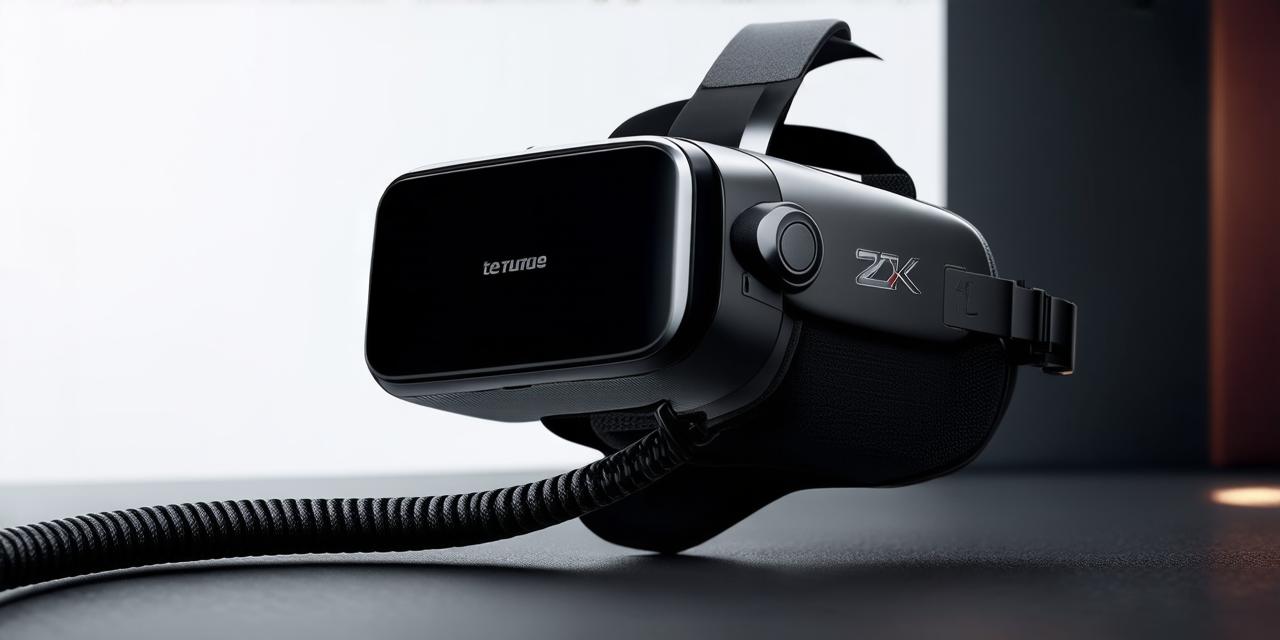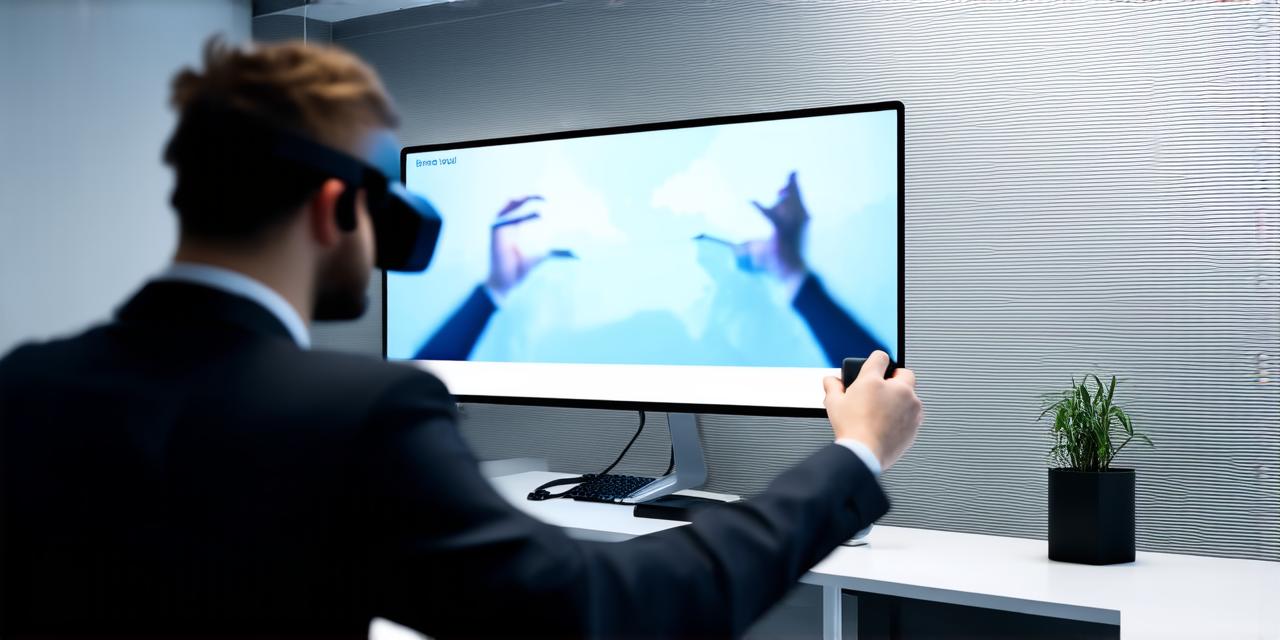Virtual reality (VR) technology is revolutionizing the way we interact with digital content. One of the most crucial components of VR systems is the goggles that users wear to immerse themselves in virtual environments.
What are Virtual Reality Goggles?
Virtual reality goggles are devices that users wear on their head to experience immersive digital environments. These goggles use sensors, cameras, and displays to track the user’s movements and provide a realistic, 3D environment that responds to the user’s actions.
How do Virtual Reality Goggles Work?
Virtual reality goggles function through a combination of sensors, cameras, displays, and software. Here’s an overview of how they work:
- Sensors: Virtual reality goggles have various sensors that track the user’s movements. These sensors include accelerometers, gyroscopes, and magnetometers, which detect changes in speed, direction, and orientation. Additionally, some goggles have depth sensors like time-of-flight cameras or LiDAR scanners that help the system create a 3D model of the user’s environment.
- Cameras: Virtual reality goggles have high-resolution cameras that capture the real-world environment and feed it into the virtual world. These cameras use advanced algorithms to process the data and create a seamless, immersive experience for the user. Some goggles also have multiple cameras that provide a more accurate representation of the user’s surroundings.
- Displays: Virtual reality goggles use high-resolution displays to display the virtual world in front of the user. These displays are typically OLED (organic light-emitting diode) screens, which offer superior color accuracy and brightness compared to LCD (liquid crystal display) screens. Additionally, some goggles use stereoscopic displays, which provide a 3D effect by displaying slightly different images for each eye.
- Software: Virtual reality goggles run on specialized software that manages the user’s experience. This software includes operating systems like Windows Mixed Reality or Android VR, as well as game engines like Unity or Unreal Engine. The software uses advanced algorithms to render the virtual world and ensure a smooth, immersive experience for the user.
- Tracking and Input Devices: Virtual reality goggles typically come with tracking and input devices that allow users to interact with the virtual world. These devices include controllers, gloves, or hand-tracking systems that track the user’s movements and translate them into actions in the virtual world. Some goggles also support external input devices like keyboards, mice, and joysticks.
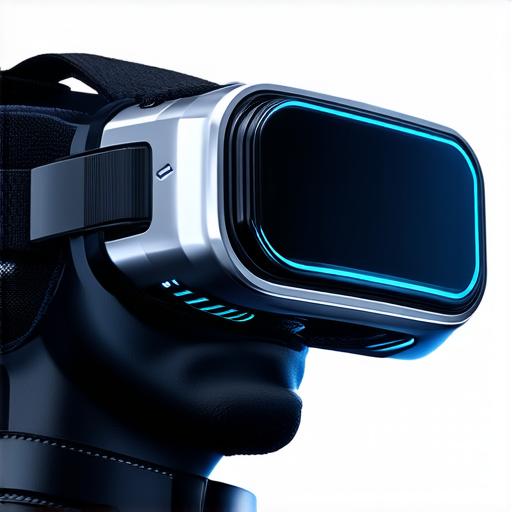
Case Studies and Personal Experiences
To better understand how virtual reality goggles function, let’s look at some real-world examples:
Oculus Rift
Oculus Rift is one of the most popular VR systems on the market. It uses high-resolution displays and advanced sensors to provide a seamless, immersive experience for users.
- Sensors: Oculus Rift has a variety of sensors, including accelerometers, gyroscopes, magnetometers, and time-of-flight cameras. These sensors track the user’s movements and provide data to the software.
- Cameras: Oculus Rift has two high-resolution cameras that capture the real-world environment and feed it into the virtual world. The cameras use advanced algorithms to create a seamless, immersive experience for the user.
- Displays: Oculus Rift uses OLED displays that offer superior color accuracy and brightness compared to LCD screens. It also supports stereoscopic displays, which provide a 3D effect by displaying slightly different images for each eye.
- Software: Oculus Rift runs on the Windows Mixed Reality operating system, which provides a seamless experience for both VR and non-VR applications.
- Tracking and Input Devices: Oculus Rift comes with controllers that track the user’s movements and translate them into actions in the virtual world. It also supports external input devices like keyboards and mice.
One of the most impressive features of Oculus Rift is its ability to create highly realistic environments. For example, the software can simulate complex physics, allowing users to feel the weight and texture of objects in the virtual world. This makes for a truly immersive experience that transports users into new worlds and allows them to interact with digital content in ways they never thought possible.
HTC Vive
HTC Vive is another popular VR system that uses advanced sensors, cameras, and displays to provide a seamless, immersive experience for users.
- Sensors: HTC Vive has a variety of sensors, including accelerometers, gyroscopes, magnetometers, and time-of-flight cameras. These sensors track the user’s movements and provide data to the software.
- Cameras: HTC Vive has two high-resolution cameras that capture the real-world environment and feed it into the virtual world. The cameras use advanced algorithms to create a seamless, immersive experience for the user.
- Displays: HTC Vive uses OLED displays that offer superior color accuracy and brightness compared to LCD screens. It also supports stereoscopic displays, which provide a 3D effect by displaying slightly different images for each eye.
- Software: HTC Vive runs on the Windows Mixed Reality operating system, which provides a seamless experience for both VR and non-VR applications.
- Tracking and Input Devices: HTC Vive comes with controllers that track the user’s movements and translate them into actions in the virtual world. It also supports external input devices like keyboards and mice.
One of the most impressive features of HTC Vive is its ability to create highly realistic environments. For example, the software can simulate complex physics, allowing users to feel the weight and texture of objects in the virtual world. This makes for a truly immersive experience that transports users into new worlds and allows them to interact with digital content in ways they never thought possible.
Expert Opinions
To better understand how virtual reality goggles function, let’s hear from some experts in the field:
“Virtual reality goggles are a critical component of VR systems,” says Dr. Ivan Sutherland, a computer scientist and pioneer of VR. “They provide users with an immersive experience that transports them into new worlds and allows them to interact with digital content in ways they never thought possible.”
“The key to creating a seamless, immersive experience is accurate tracking and input,” says Dr. Richard Newell, a computer scientist and VR expert. “Virtual reality goggles must be able to track the user’s movements accurately and translate them into actions in the virtual world seamlessly.”
Summary
Virtual reality goggles are a critical component of VR systems that provide users with an immersive experience that transports them into new worlds and allows them to interact with digital content in ways they never thought possible. They use advanced sensors, cameras, displays, software, and tracking and input devices to create a seamless, immersive experience for the user. By understanding how virtual reality goggles function, we can better appreciate the potential of VR and the incredible experiences it can provide.
